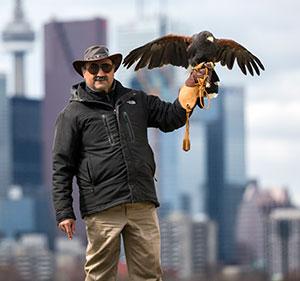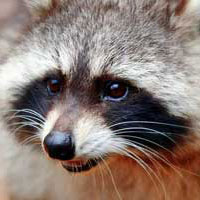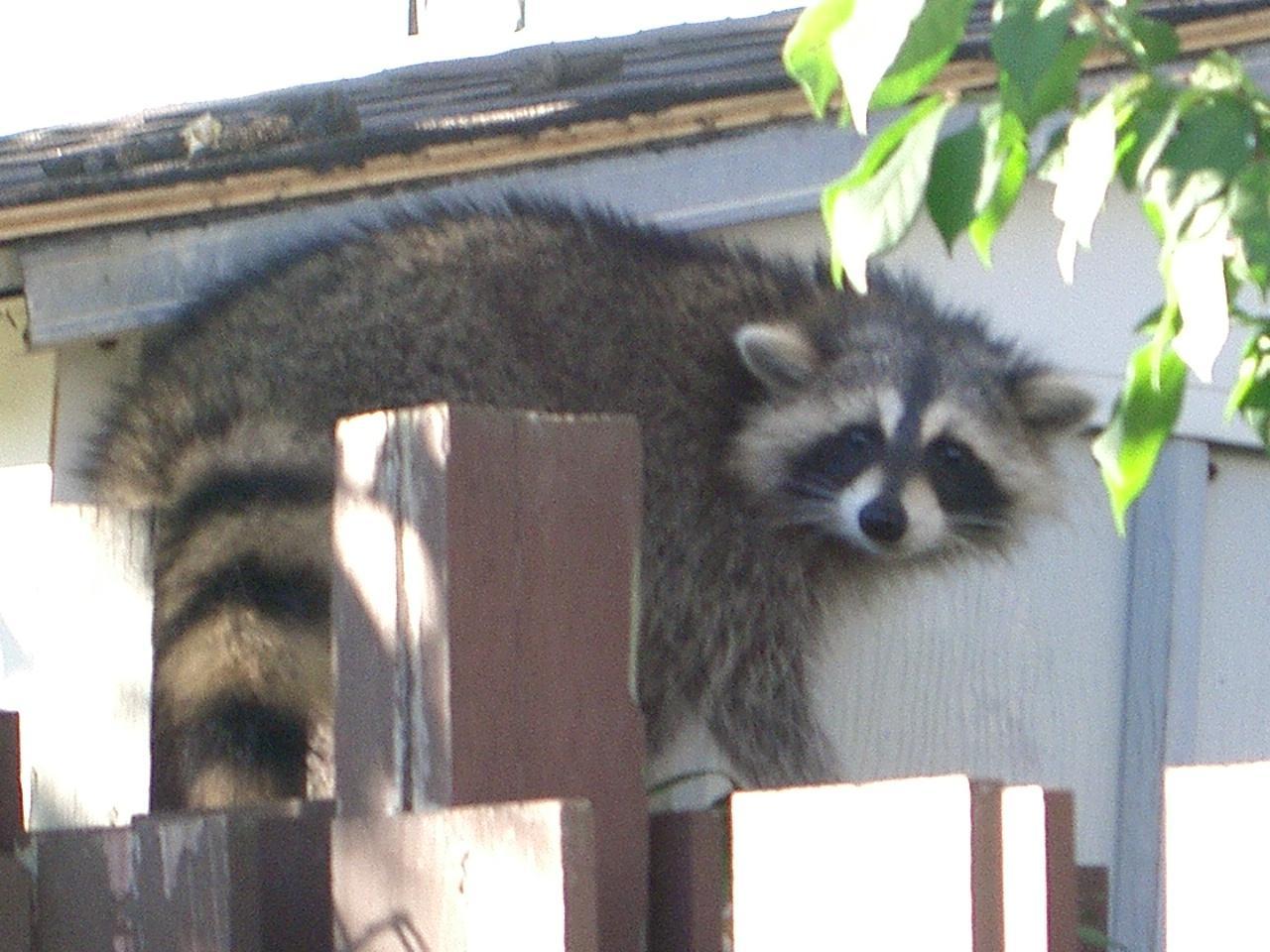RABIES in ONTARIO

The current rabies outbreak is concentrated in Toronto-Danforth and Beaches-East York. Outbreaks usually occur every two to three years, between May and November and will dissipate when colder temperatures prevail. The City is monitoring this issue closely and observed a slight decrease in service requests during the first week of November.
Rabies poses a serious threat to humans as well as pets – once contracted, the outcome is nearly always fatal. Do not approach wildlife, ensure you’re your pet’s rabies vaccination is up to date, keep dogs on leash and cats indoors. Do not leave pet food or water outside… water bowls become easily contaminated if used by infected animals.
Rabies transmits through the saliva of an infected animal. While most of us would think of a bite as the most obvious method of transmission, contaminated water consumed by your dog, and your dog licking your hand may be much more common.
So, what does an infected animal look like?
- The animal may appear blind and confused;
- The animal may seem to wander aimlessly;
- The animal may become aggressive if cornered;
- The animal may be coughing or show tremors/seizures;
- You may see a mucus discharge around the eyes and nose.
Should you encounter a dead animal and decide to move it yourself, please wear gloves. Ideally, call 311 and let city staff deal with carcass removal.
To minimize risk, all raccoons should be removed from your property. Call Hawkeye at 416.429.5393 for safe and humane raccoon removal. All of our technicians are licensed trappers and experienced in handling wildlife.
Raccoons-Foxes-Coyotes-Bats VS. You and Your Pets
COVID-19, otherwise known as Corona Virus, has been running rampant around the globe. Almost every country has declared a state of emergency due to this virus with hundreds of thousands of cases reported and thousands of deaths reported worldwide; the numbers are growing exponentially. Using current and extrapolated numbers, the death rate reported for this virus is estimated (we don’t really know) to be 0.1% up to 3%. This strain of the Corona Virus originated in Wuhan, China and the initial cause of the virus is still unknown to scientists. There are many different forms of the Corona Virus that have been present around the world, but according to NBC News, this form of the virus was initially thought to be caused by horseshoe bats; so far all we know is that these bats carry a virus that closely resembles Covid-19. Scientists and Virologists are working diligently to determine the true cause of this virus in humans and are also working on creating an effective vaccine. For now, the Canadian government is urging everyone to practice social distancing, wash their hands, and stay home unless absolutely necessary.
Although there is currently a global panic about the Covid-19 virus, many people don’t panic or seem to even care that an estimated 59,000 humans die annually from the rabies virus. Rabies is transmitted from wild animals in 91% of reported cases; 30% of which are transmitted from raccoons. If you are a Torontonian, or live in the GTA, chances are you have seen a raccoon more than one time; this is because there are a very large number of raccoons in the city, possibly even more than there are humans. With litters ranging from 2-6 babies, the raccoon population is growing at a much higher rate than ours.
Many people don’t know this, but when humans contract rabies, the death rate is a whopping 99.9%. Luckily, the current presence of rabies in Toronto is quite low. According to Toronto.ca, we are federally, provincially, and locally listed as low risk after the constant decrease in cases due to the implementation of the Raccoon Rabies Control Program that began in 1989. In saying this, it does not mean that there is no risk at all. There are still cases of rabies in Ontario every year.
Rabies is considered a neurological virus because it gains access to your central nervous system through your outlying nerves. The symptoms of rabies start with a headache, fever, fatigue, and pain at the injured site. The incubation period for the onset of neurological symptoms of this virus is dependent on how far away the exposure site is from your brain; the further away it is, the longer it takes for neurological symptoms to set in. Once symptomatic, this viral infection is almost definitely fatal.
If you see a raccoon you suspect is ill, there are many key indicators that can help you identify if this raccoon has rabies or not. Always remember, keep your distance and do not approach a raccoon you suspect is ill. While most non-symptomatic raccoons will not unwarrantedly approach you, a rabid raccoon may attack you on purpose due to their neurological symptoms. Paralysis for rabid raccoons almost always starts in the hind legs, so if you see a raccoon that is having difficulty walking, this is a major sign of rabies. To accompany this symptom, the raccoon will make uncommon and strange noises, seem disoriented, be foaming at the mouth, have a strange discharge coming from its eyes, and over all appear to look sick. These same symptoms apply for all mammalian wildlife that can carry rabies including foxes, coyotes, and bats.
In Ontario it is mandated that all pets get vaccinated for rabies, but humans are not required to get this vaccine. It is only recommended for those of us who work in high risk jobs dealing directly with raccoons or other animals. That being said, there are still people in Ontario that own pets that are not vaccinated and although the rabies vaccine is highly effective, it is not fool proof. Rabies can be transmitted from a bite, scratch, or the saliva of a rabid raccoon (or other animal). Many people leave their pets unattended in the backyard, and most times it is hard to identify if your pet has come in contact with a rabid raccoon until it’s too late. Even if your pet is vaccinated, there is still a chance they can get rabies and or transmit the virus to you via their saliva by licking you, sneezing, or from their drool. Other forms of transmission include bites or scratches. Always keep a close eye on your pets when they are outdoors so that you can take action immediately if an incident were to occur.
If you or your pet have been bitten, scratched, or come in contact with a wild animal it is imperative you go to the doctor or vet immediately. There are post-exposure prophylaxis measures that can save your life even if you have not been previously immunized. For humans, this procedure consists of 5 different visits to the doctor. During the first visit they will administer one dose of the rabies vaccine, but also multiple vials of the rabies immune globulin (IM) directly into the contact site. Each additional visit consists of one does of the rabies IM. Also, depending on your immune response, you may be given an antibody serology anywhere from 7 to 14 days after this series of injections. If you have previously been immunized for rabies, the process only consists of two different shots on day 0 and day 3 after exposure. Now although these measures are designed to help those who have been exposed to rabies, they are not guaranteed. In fact, no doctors’ office carries these vaccines and IM’s on hand. After performing a physical analysis of the injured site, the doctors’ office is then required to send off these finding to your regional health department who will determine the risks of you contracting rabies and will only send out the vaccines and IM’s if you are in a higher risk category. We must also stress that treatment depends on the person and the exposure risk. Make sure that if you work in close proximity with raccoons that you are immunized for rabies; this could save your life.
If you are having raccoon problems in your house or on your property, please heed this warning; raccoons are unsafe animals. Anyone who is not a trained professional should not attempt to scare off or come in close proximity with a raccoon or any wild animal. Raccoons are disease ridden animals that can cause you serious physical harm and dire health issues. If you need help with a raccoon or have spotted a raccoon or other wildlife that you suspect may have rabies, call us at 416 HAWKEYE (416-429-5393). We have trained professionals that can deal with your problem effectively and permanently. We hope that everyone stays safe during this time of global pandemic with Covid-19, but also always remember to stay far away from wild animals and raccoons. As cute as they might be, please do not approach, attempt to feed, or try to pet a raccoon; these are wild animals and will respond as such.
There have been 471 cases of raccoon strain, and 21 cases of fox strain rabies in Ontario to date.
At the end of the 2019 calendar year for MNRF’s rabies program there were were 22 raccoon strain and 0 fox strain rabies cases detected in southern Ontario, a ~70% decrease in rabies cases from 2018. In 2019, we tested 4,425 samples for rabies, a ~15% increase in sampling effort from the previous year. Rabies surveillance of this scale would not be possible without the support and assistance of animal control specialists like Hawkeye.
The maps will be submitted for posting on the Ontario.ca website after 1 business day unless one of the affected health units advises us to postpone release pending specific health unit website updates or media releases.
MNRF’s rabies lab will resume testing in early January 2020.
2019 Number of DRIT tests: 4,425
2019 Number of baits distributed: 1,164,992
Number of confirmatory tests performed by CFIA (Ontario only, including bats): 39
Number of confirmatory test performed by CFIA (Ontario only, terrestrial animals only): 26
Number of rabies positive terrestrial animals subject to virus variant typing by CFIA (Ontario only): 23
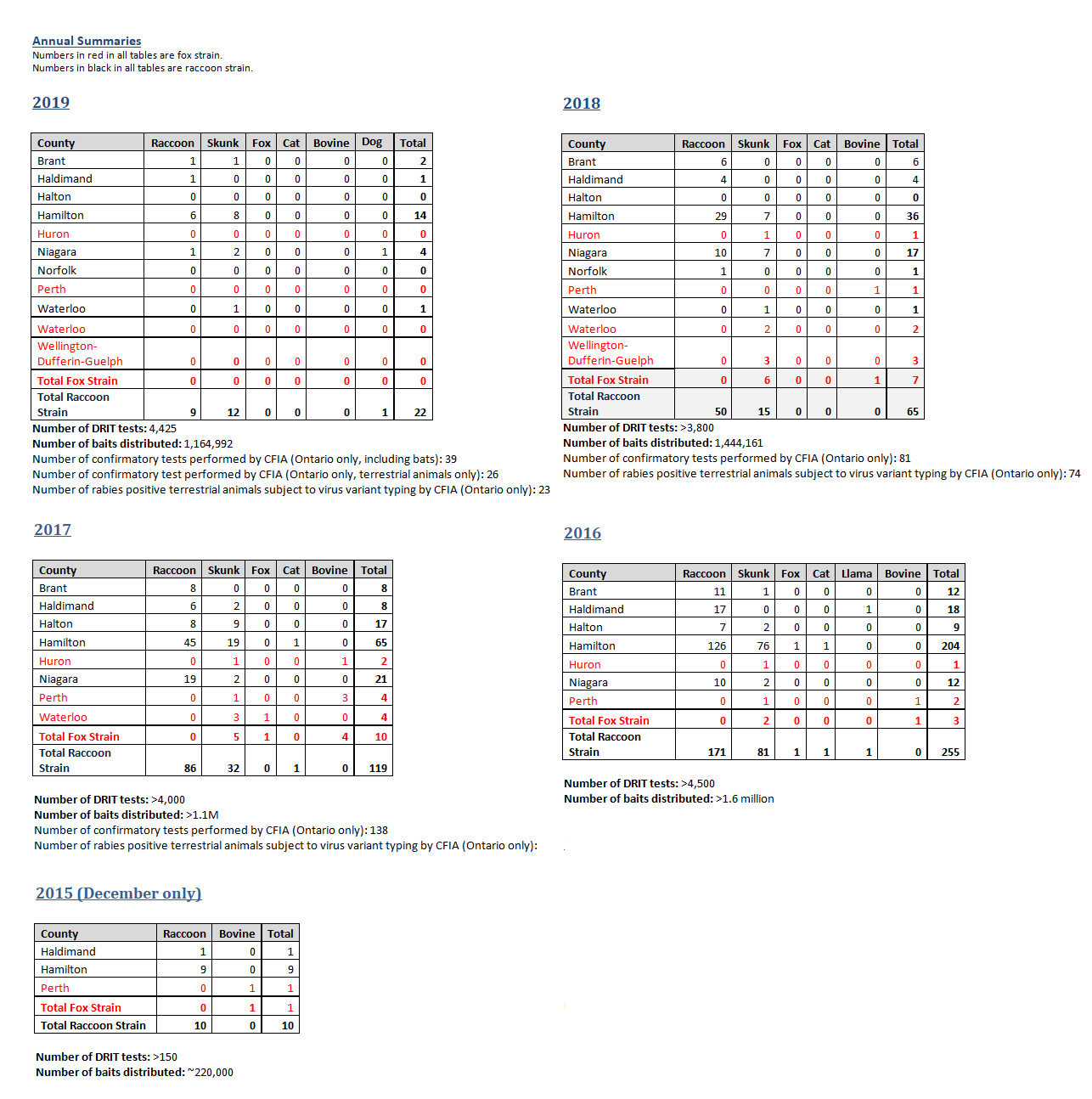
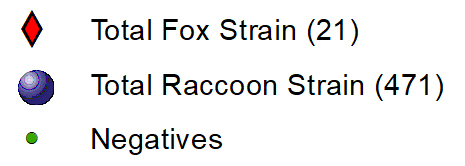
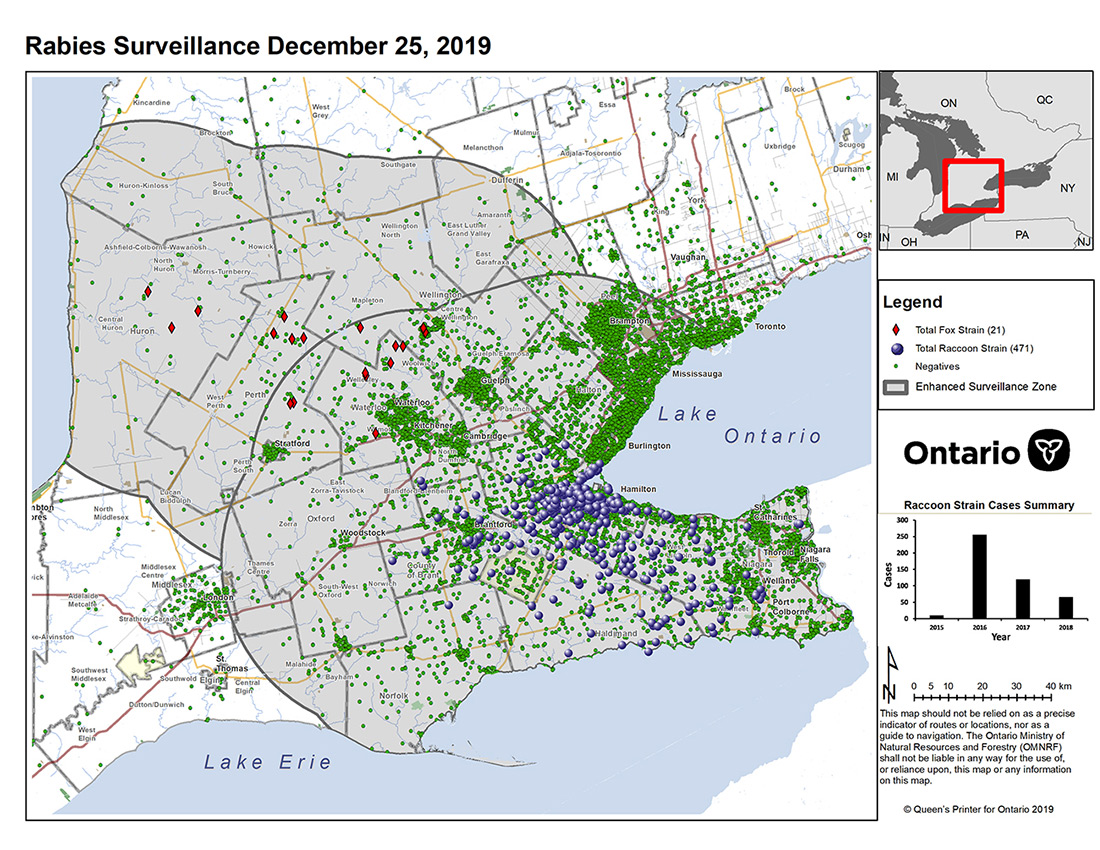
For the week of January 9th there were 2 new cases of raccoon strain rabies in a raccoon in Brant and a skunk in Waterloo.
This brings the total cases of raccoon strain to 451, the total of fox strain rabies to 21 cases in Ontario to 451 since December 2015.
We would like to remind you again to not handle raccoons, skunks, or foxes yourself - please contact a professional animal control specialist!
The most recent update from the Ministry of Natural Resources includes 5 new cases in Ontario which puts the total number of confirmed raccoon strain rabies cases at 516, and 8 fox strain cases to date.
The most recent cases affected 2 raccoons and 1 skunk from Hamilton, 1 raccoon from Haldimand, and 1 skunk from Halton.
Rabies continues to spread through Ontario, mainly the Raccoon strain. Here is an update on the situation on rabies in Ontario from the Ontario Ministry of Natural Resources and Forestry (MNRF) as of March 29, 2017.
OMNRF are reporting 1 new case of raccoon strain rabies from the previous week, occurring in a raccoon from Haldimand. As of March 29, 2017, there have been a total of 295 cases of raccoon strain and 8 cases of fox strain rabies in Ontario. Hamilton has been the hardest his area with a total of 232 cases of Racccoon Rabies.
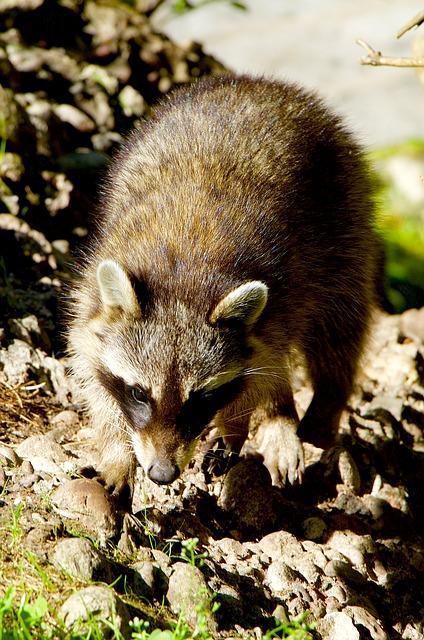
The rabies outbreak in Hamilton won't be ending any time soon. Hamilton's Associate Medical Officer of Health, Dr. Jessica Hopkins, has said that it will take three to five years for the vaccinations to effectively work their way through the population to control the current rabies outbreak.
Call Hawkeye's Wildlife Control Specialist today! 416.429.5393 | Hamilton Raccoon Control & Removal »

Rabies has been spreading through Ontario, with the largest outbreak occuring in the Hamilton area. If you are concerned about an animal acting strange in your neighbourhood, call us toll free at 1-833.833.4295 or email us at [email protected]
What is rabies?
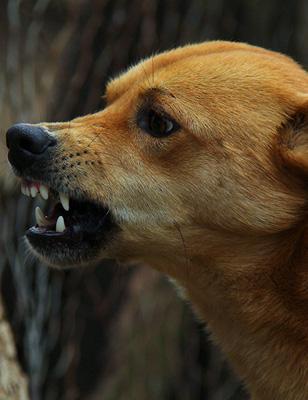
On February 6th, 2017, health Officials in Hamilton announced the confirmation of rabies in a domestic cat. This is the second case of rabies found in a domestic animal in over 20 years. Since 2015, close to 300 animals have tested positive in Hamilton for rabies.

Rabies is a viral infection that is almost always fatal if left untreated.
If you are concerned about the spread of rabies in your area from wildlife or stray animals, we can help. Contact Hawkeye
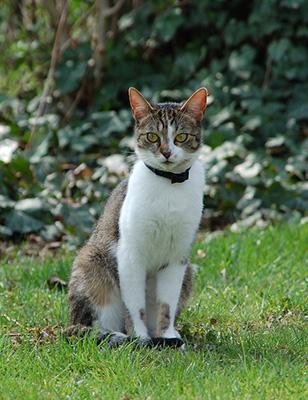
What can you do to prevent rabies in cats?
Trending in southern Ontario news over the past 2 days is the discovery of a cat infected with the rabies virus in the Hamilton area. With all the modern efforts and awareness surrounding rabies prevention, the public wants to know how this is happening. Understanding your risk and learning how to prevent rabies infection is important to preventing rabies in cats, and yourselves.
If you are concerned about the spread of rabies in your area from wildlife or stray animals, we can help. Contact Hawkeye
Rabies is transmitted through saliva from an infected animal through a bite or exposure to existing open wounds and scratches. Transmission can also happen through contamination and exposure to brain tissue and spinal fluid from a dead animal that has died from rabies.
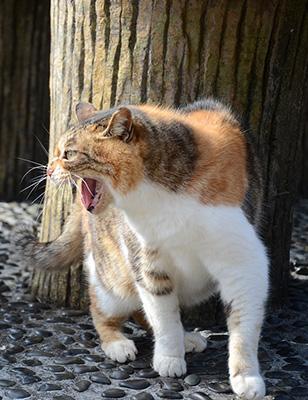
Officials are warning Hamilton area residents to keep their animals inside and protected as a second cat in the region has been found and confirmed as positive with a rabies infection. This is the second known case of a cat testing positive for the viral infection in the past year. In 2016, a Hamilton man required post exposure treatment after exposure from a bite. City of Hamilton officials are speculating that the rise in domestic cat infections can be linked to the recent boom in raccoon numbers in the city.
Unfortunately, rabies cases are being reported not only in the Hamilton area, but Perth County as well.
A second calf on a beef cattle farm died and tested positive with rabies. The ministry suspects that both calves were infected with the rabies virus by a skunk, which the farmer said he smelled in the barn a few weeks prior to the first calf becoming sick. Please call the public health unit, your local veterinarian or the Ministry of Natural Resources if you see sick wildlife in the area.
With the news currently reporting on the outbreak of rabies, we haven't heard much about distemper, an equally serious and contagious disease affecting dogs, cats, raccoons, foxes, skunks and more. Although it started out in dogs, it is now commonly seen in raccoons and skunks. According to Wikipedia, distemper affects several body systems, including the gastrointestinal, respiratory tracts, the spinal cord and brain. The canine distemper virus falls within the same virus family as measles and mumps in humans, and there is some ambiguity amongst experts on whether it can be contracted to humans. Most agree there is a lower risk for humans but it is possible. Unvaccinated dogs are most at risk putting their owners at risk.
Raccoon cases first started increasing in October of 2015, and have continued to grow over the past few months. Similarly to rabies, once infected it is almost always fatal. It also has some common symptoms including appearing disoriented, lethargic, strange behaviour and a generally sickly appearance which is why is often mistaken for rabies.

Why you should you be concerned about RABIES in RACCOONS
If you suspect a raccoon in your area has rabies, keep you and your pets away and contact us.
Learn how to tell if a raccoon has rabies »
Hawkeye Bird and Animal Control cares about your family’s welfare. We service Hamilton, Burlington, the Golden Horseshoe and surrounding areas for animal and wildlife control and can safely trap animals that have, or are suspected to have rabies. We will make sure your residence, business, industrial or commercial property is secure.
Recently quoted in the Hamilton Spectator, Dan Frankian of Hawkeye Bird and Animal Control said: "We are going to make the pre-exposure vaccine compulsory for all staff; the last thing we want is for my staff to be affected."
The number of documented cases of raccoons having rabies in the Greater Hamilton area of Ontario has grown to 60 and counting since December 2015. Twenty-Four skunks have also been identified in this area along with two fox in Perth County. This is not only a threat to the raccoon population but has a large impact on people, homes and businesses.














